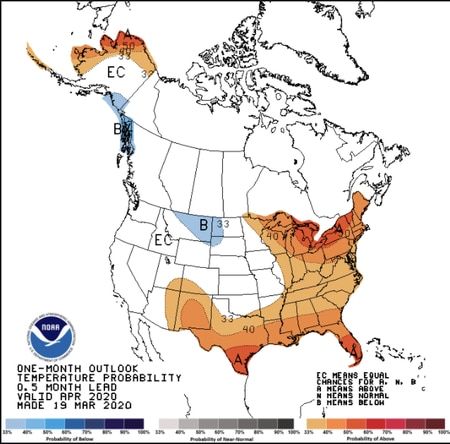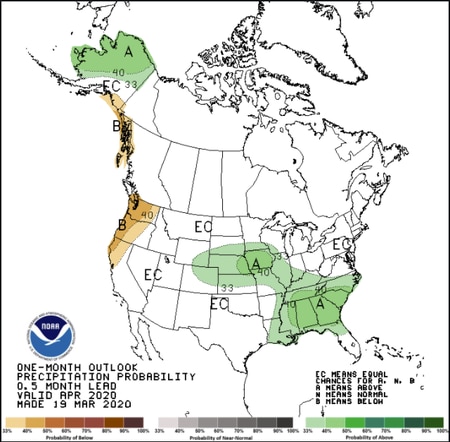Spring equinox 2020: It’s earliest astronomical spring in 124 years – AL.com
We’re almost there: The first day of astronomical spring is today, but it’s not official until later tonight.
The spring equinox, or vernal equinox, will be in just a few hours: 10:49 p.m. CDT today, Thursday, March 19.
That marks the moment when the sun appears to shine directly over the equator, and daytime and nighttime are nearly equal – 12 hours – everywhere on the planet, according to NASA.
But not exactly 12 hours. Daytime will have a slight edge on nighttime today. The amounts depend on where you are, but for example in Alabama Huntsville will have 12 hours, 7 minutes and 2 seconds of daylight; Birmingham will be at 12:06:57 and Mobile at 12:06:49.
Those areas were closer to equal day and night on March 15 and 16.
Find the exact times for your location here.
Related: Joe Songer’s photos, “Spring Arrives Early”
The equinox is one way to mark the changing of the seasons, but there’s also meteorological spring, which began March 1. Meteorologists use three-month blocks to mark the seasons for ease of record-keeping.
It’s also going to be the earliest equinox in quite a while. According to Space.com it’s the earliest in 124 years.
The spring equinox always falls on March 19, 20 or 21. For the U.S. the 2020 equinox falls on March 19, making it the earliest since 1896.
Between 2020 and 2048, March 19 equinoxes will happen every leap year in the Central, Mountain and Pacific time zones in the United States, according to Timeanddate.com.
The spring equinox most often falls on March 20. There has been no March 21 equinox in mainland U.S. time zones in the 21st century.
Daytime will be longer than nighttime from now until fall as the sun takes a higher path across the sky, reaching a peak at the start of summer, according to NASA.
The sun will also appear to rise exactly east and set exactly west today, according to Space.com.
Things are reversed in the Southern Hemisphere, where fall is beginning.
What could the weather hold for spring in the U.S.? No big changes look to be in store for Alabama if NOAA forecasts hold true.
The Climate Prediction Center’s outlook for April shows a higher chance of above-average temperatures:

April temperature outlook. NOAA
But the April outlook also shows a higher probability for above-average rainfall:

April precipitation outlook NOAA






